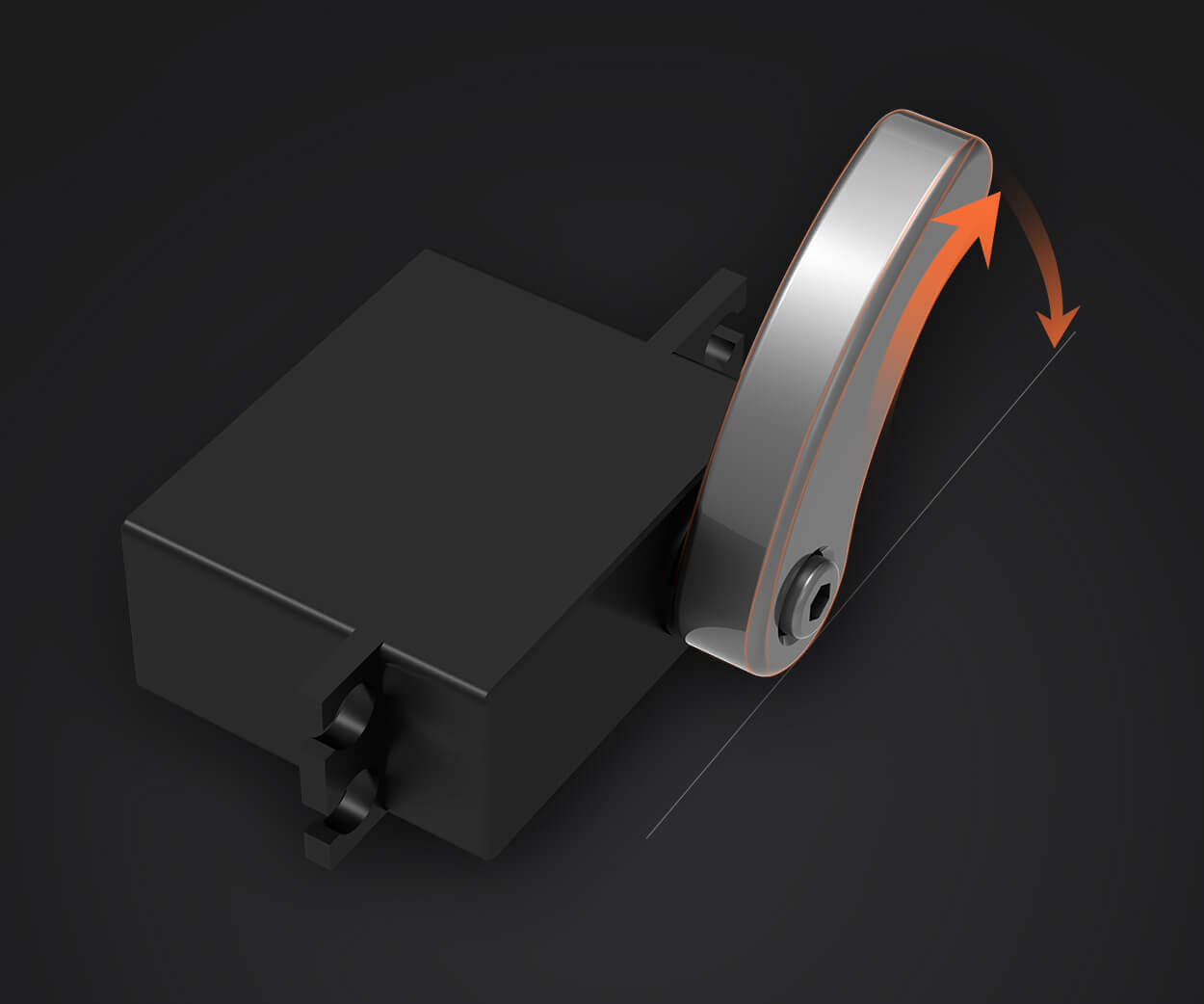Certainly! Here’s the first part of a soft, engaging article on "Remote Desktop Control System." Once you review the first part, I can continue with the second.

In a world increasingly driven by digital connectivity, the ability to access information, applications, and systems from anywhere has become more than just a convenience—it's a necessity. Enter the remote desktop control system, a technological marvel that bridges the physical distance between user and computer, creating a seamless digital bridge that turns a distant machine into a local one. These systems have redefined the boundaries of remote work, learning, and digital collaboration, offering a flexible, efficient, and secure way to manage computing resources irrespective of location.
Imagine you're a freelance graphic designer working from a cozy coffee shop. Your workstation might be back home, equipped with high-end software, files, and tools critical to your creative process. With a remote desktop control system, you can effortlessly access your home computer from your laptop or even a tablet, seamlessly opening files, editing images, or running complex software as if you were sitting right in front of your own machine. This level of convenience was unthinkable just a decade ago, but now it’s standard practice for millions.
Remote desktop technology's backbone lies in its ability to transmit the graphical interface of a host system to a client device, while capturing input commands from the user—mouse clicks, keyboard strokes, and more—and relaying them back to the host. This two-way communication creates a real-time, interactive experience that closely mimics physically being at the host computer. Whether you're troubleshooting a friend's server, accessing enterprise systems, or helping a family member with tech issues, remote desktop systems make the process smooth and intuitive.
The popularity of these systems soared during recent global shifts to remote working and learning environments. Companies of all sizes adopted remote desktop solutions to keep operations running smoothly without the need for extensive physical infrastructure. Educational institutions relied on them to allow students and teachers to connect with lab computers or classroom resources from their personal devices. Healthcare providers used remote desktops to securely access patient records and critical systems—an effortless, yet crucial, component in delivering care in a connected world.
What makes remote desktop control systems so compelling is their adaptability. They're not a one-size-fits-all solution, but rather a versatile toolkit capable of meeting diverse needs. For small startups, they offer an affordable way to enable remote access for employees without heavy investment in additional hardware. For global corporations, they enable centralized control over geographically dispersed teams—think of managing multiple data centers or providing remote support across continents. For individual users, they present a way to access personal systems with ease, whether at home or on the go.
Security, of course, is a key concern with remote access. Over the years, remote desktop systems have evolved to incorporate advanced encryption protocols, multi-factor authentication, and adaptive security policies to guard against unauthorized access. The days when remote access was a weak link in cybersecurity defenses are largely behind us. Now, with sophisticated security layers, remote desktop systems can be among the safest digital conduits—ensuring data privacy and integrity without compromising user convenience.
Another exciting aspect of remote desktop technology is its integration with emerging innovations like cloud computing and artificial intelligence. Cloud-based remote desktop solutions allow users to leverage virtualized environments hosted on secure cloud servers, enabling scalability and boosting performance. Meanwhile, AI-driven automation can assist in troubleshooting, resource allocation, and even user experience personalization, making remote control systems smarter and more responsive.
But it’s not just about business; remote desktop systems have a profound impact on individual users’ lives. They enable digital nomads to work from exotic locations, students to access university resources from abroad, and family members to support each other regardless of physical distance. This interconnectedness fosters a sense of community and flexibility in a way that profoundly shifts our traditional notions of work and personal life balance.
As the digital landscape continues to evolve, remote desktop control systems promise to become even more integrated, intelligent, and secure. The future may hold even more immersive experiences—think of virtual reality interfaces allowing remote control in three-dimensional space or seamless integration with IoT devices at home and in the office. Whatever the form, the core idea remains the same: connecting us to our digital worlds with just a few clicks, no matter where we are.
Leveraging innovations in modular drive technology, Kpower integrates high-performance motors, precision reducers, and multi-protocol control systems to provide efficient and customized smart drive system solutions.




































